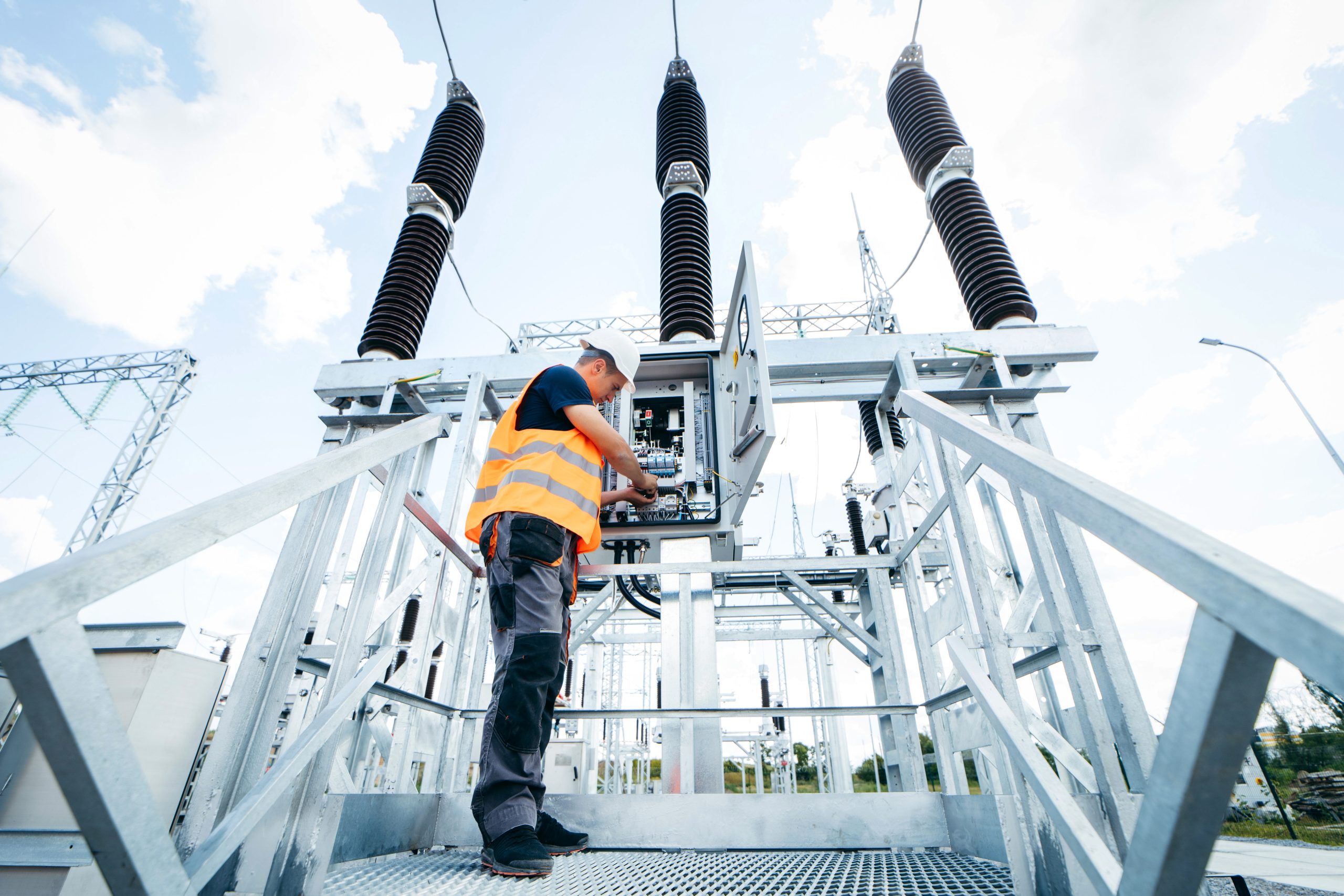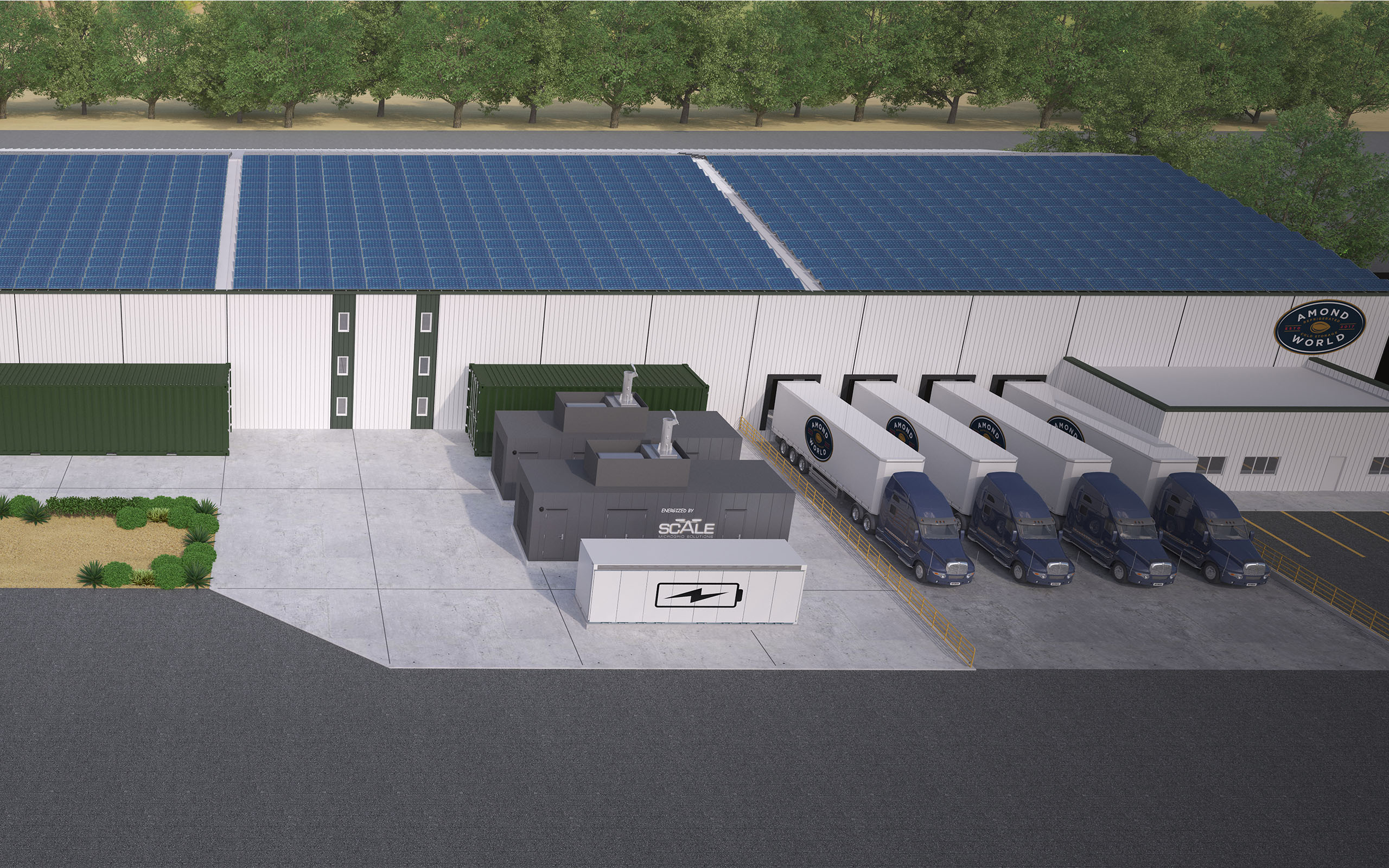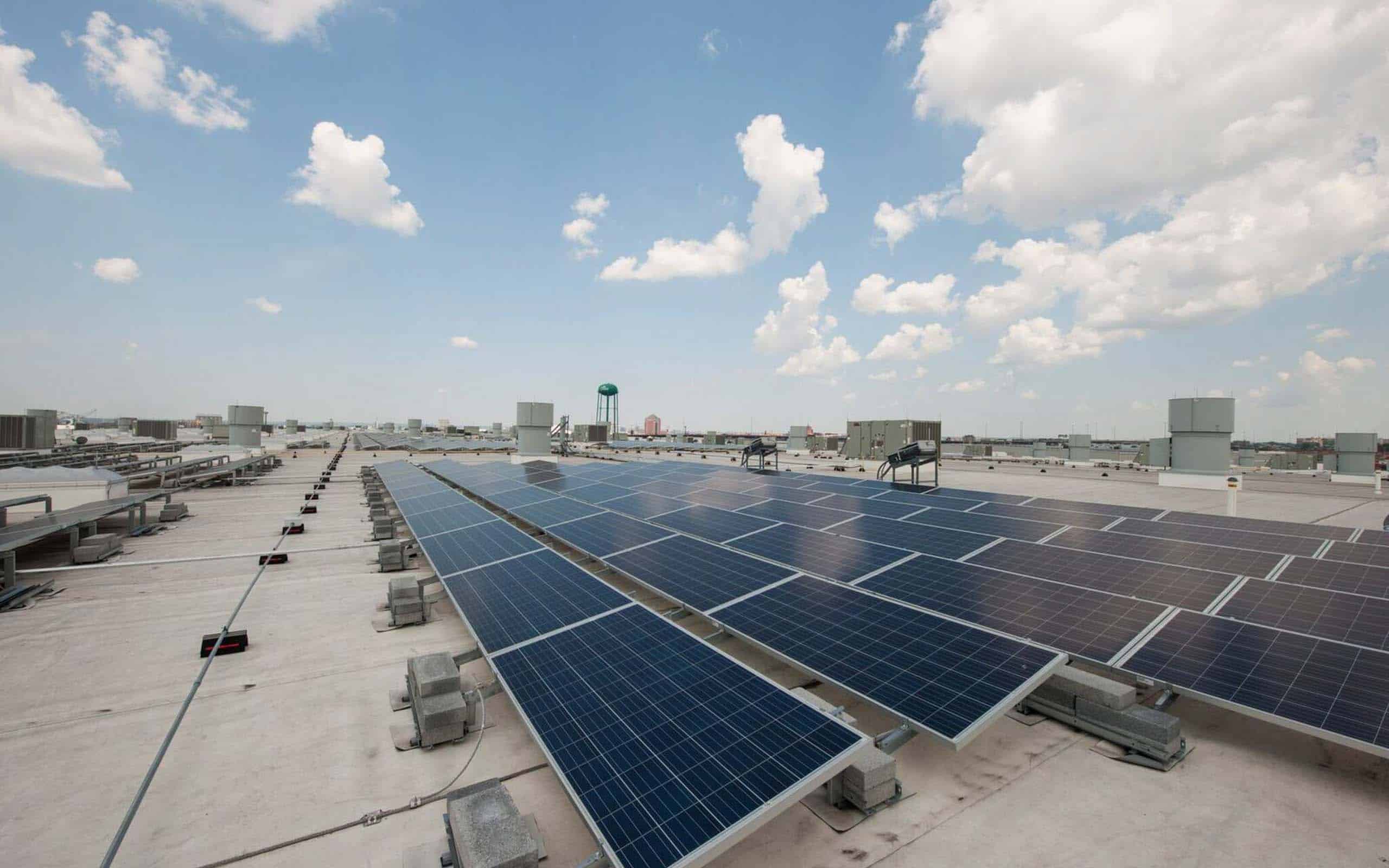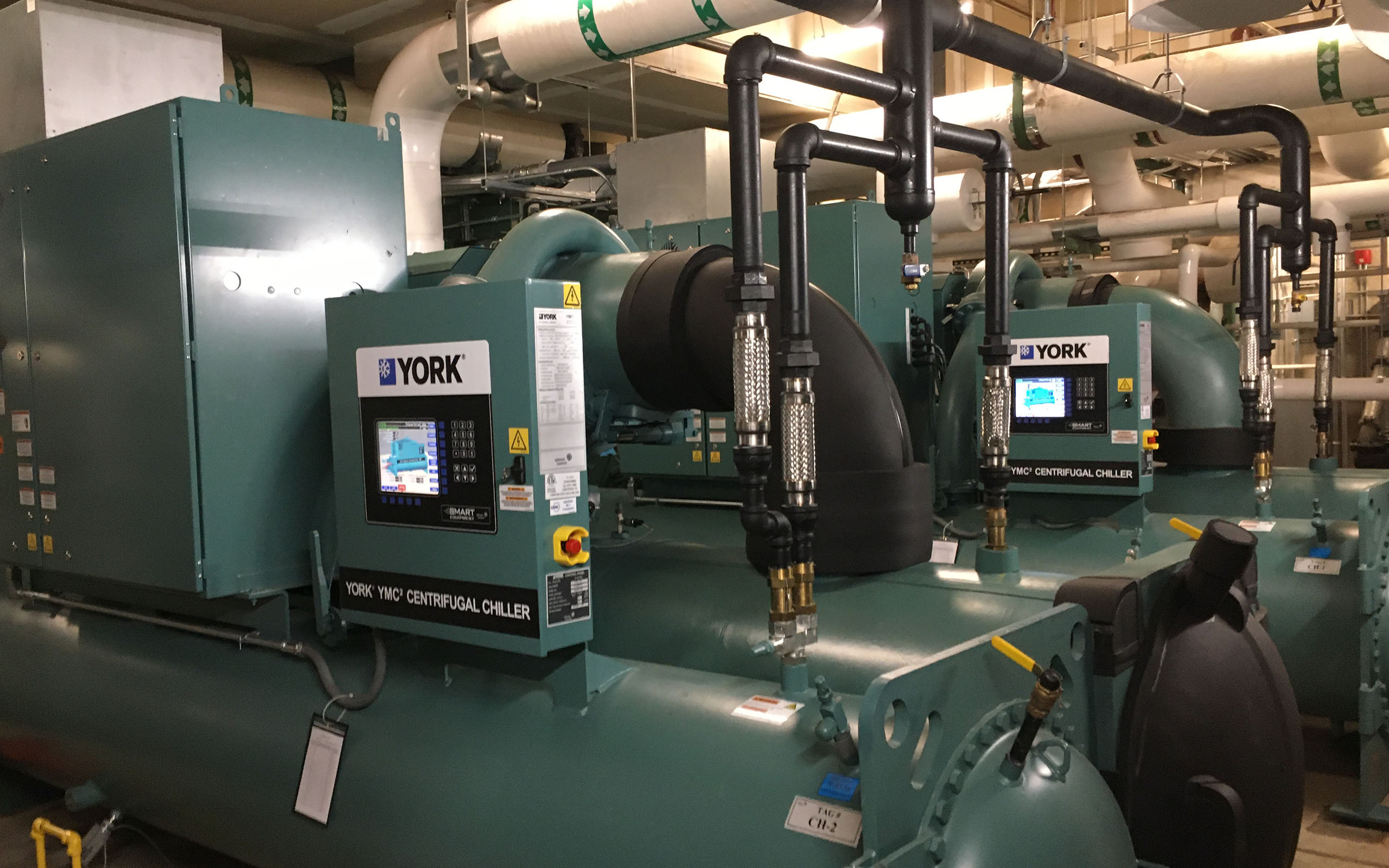Philadelphia Navy Yard, Energy Planning & Advanced Microgrid Solutions
As part of their 2013 Master Plan update, Philadelphia Industrial Development Corporation developed a comprehensive Energy Master Plan for The Philadelphia Navy Yard, with the goal to modernize and expand the aging and inadequate energy infrastructure, some of which was more than 100 years old.
The Navy Yard’s independent and unregulated electric grid, one of the largest in the country, was estimated to reach capacity by 2014. Projected commercial and industrial growth of the yard was expected to result in electric load increasing from 30 MW in 2014 to more than 60 MW by 2022.
Burns was selected to lead the Energy Master Plan (EMP), and with more than 60 stakeholders including the City of Philadelphia, PJM, the regional transmission organization, and dozens of Navy Yard tenants including the U.S. Navy, Burns led a team of eight engineering and planning firms to deliver a plan to guide the cost-effective build-out of an integrated, resilient state-of-the-art low-carbon energy infrastructure. A principal challenge facing the planning team was how to simultaneously expand and modernize the electric grid given PIDC’s capital constraints, coupled with the high cost of building new substations and securing additional electric feeders from the local utility.
A core objective of the EMP was to create and utilize a holistic planning framework and strategy. This required that the team consider the full complement of technology, market and policy options at its disposal to address both energy supply and demand. To lower peak energy demand and maximize infrastructure asset utilization, Burns evaluated building energy efficiency retrofits, energy storage, automatic demand response, high-performance buildings, new tariffs and incentives. To address supply, specifically how to delay and reduce the need for new substations and expensive new feeders from the utility, Burns examined renewable energy, cogeneration and district energy.
In the course of the planning process, it became clear that an advanced microgrid would offer The Navy Yard a platform upon which distributed energy resources, smart buildings, situational awareness, measurement and validation, procurement, and market interaction could be highly integrated and enabled in real time to reduce costs, emissions and risk.
Two-way real-time communication to understand and manage energy consumption and spending was deemed critical going forward. Smart metering systems enable this communication. As part of Phase 1, Burns is designing and implementing an advanced metering infrastructure to gather and communicate energy data. Also planned for Phase 1 is a Network Operating Center to analyze data and enable real-time decision making, asset management and operational control over the grid.
Building on top of these foundational infrastructure elements, the plan also emphasizes energy efficiency and clean energy supply strategies and alternatives to meet the Navy Yard’s anticipated electric demand growth. These efficiency and distributed energy resources include
- Natural Gas Fuel Cells
- Solar Electric Systems
- Geothermal Heating & Cooling
- Battery Storage
- Combined Heat & Power Systems
- Distributed Generation
- HVAC Improvements
- Lighting Improvements
After determining potentially viable options, more detailed feasibility assessments were performed taking into account upfront capital costs, operating costs, emissions, system efficiencies, and future energy and fuel costs. Projects to deploy 6 MW of distributed peak generation and up to 1 MW of solar electric are in early stages of final design and will likely be implemented and operational by late 2015. Additional distributed generation and cogeneration projects are foreseen in 2016-2020 that will bring total onsite power capacity of The Navy Yard to approximately 10-12 MW of which roughly half will be able to operate in “island” or grid-disconnected mode in the event of a prolonged power outage.
Burns is also working with PECO, the local utility to secure new electric feeders that will connect to a newly designed state-of-the-art smart substation. It is anticipated that as much as 10 MW of new supply from PECO will be needed to compliment the new distributed energy resources, efficiency and demand management efforts.
Lastly, the EMP examines and recommends innovative financing, public-private-partnerships and new business models to conserve PIDC capital and reduce overall risk. Accordingly, of the overall project’s estimated capital cost of $100 million, roughly half or $50 million will be provided by third-parties using innovative asset-financing and ownership models.
At full build-out, The Navy Yard will support up to 13.5 million square feet of development, 30,000 people, and over $3 billion in private investment. With the Energy Master Plan as a guide, The Navy Yard is ready for the future.
Location
Philadelphia, PA
Client
Philadelphia Industrial Development Corporation
Industry
Learn more about our commercial and industrial services
Commercial + Industrial






